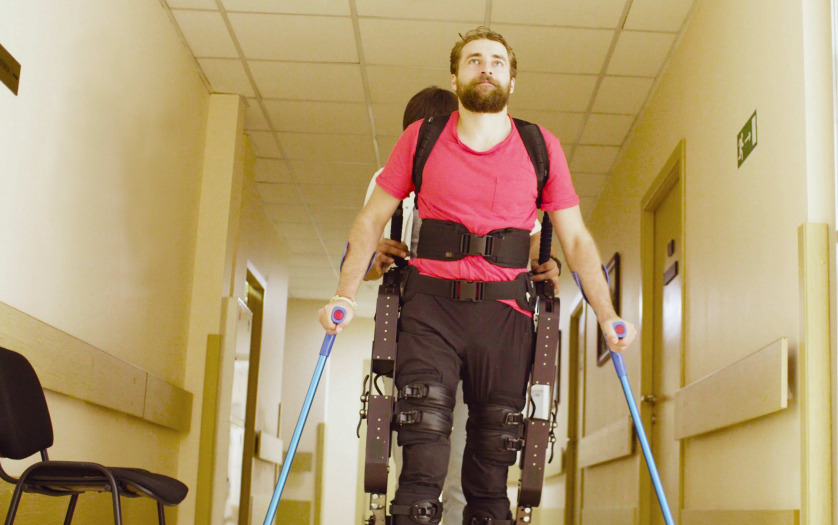
UK scientists are to investigate whether wearable robots could help people with multiple sclerosis get more exercise.
Dr Siva Nair and his team at Royal Hallamshire Hospital in Sheffield will examine how powered exoskeletons – or robotic suits – might improve physical fitness in people with mobility issues caused by multiple sclerosis.
Research suggests people with MS should do moderate exercise for 30 minutes, three times a week. But many can find this difficult due to symptoms caused by the condition.
‘We all know how important exercise is,’ says Dr Nair. ‘A lack of it can cause heart disease, stroke, diabetes, obesity and depression. So we need to find a way to make it easier for people with advanced multiple sclerosis to take part in physical activity. Robotics is the natural step forward. By embracing this technology we are giving people who can’t walk the chance to exercise like everyone else.
‘We understand it’s not every day you see someone in a robot suit, and society might need to adjust to such a weird and wonderful sight. That’s why we’re also going to be observing the personal implications of keeping fit in this way – including whether the person wearing the exoskeleton feels it’s an accepted way to exercise.’








